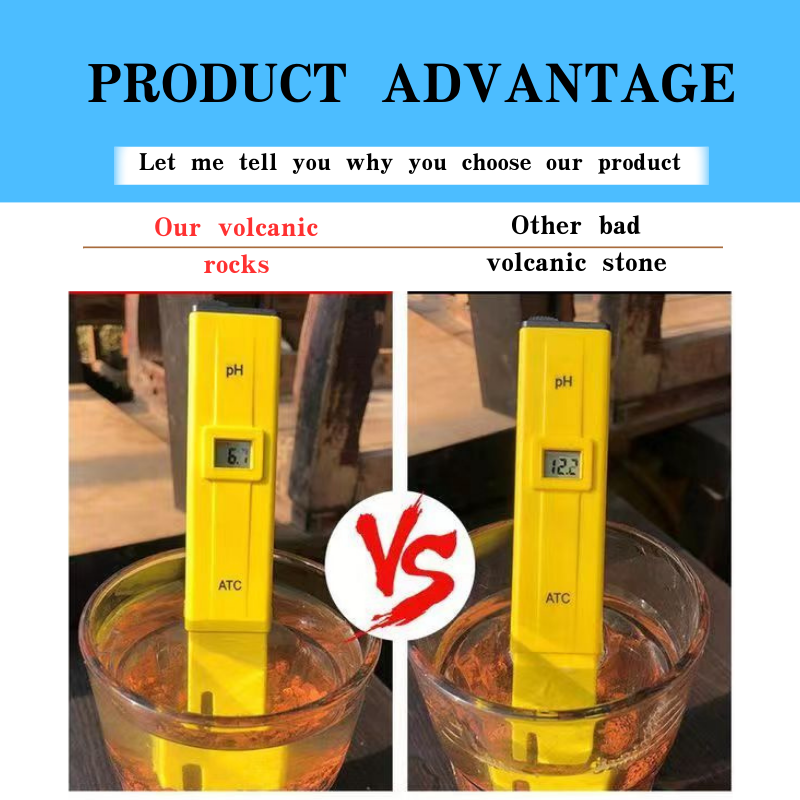
iron oxide in concrete
Iron Oxide in Concrete Implications and Applications
Concrete, a crucial element in modern construction, is primarily composed of cement, water, and aggregates. However, the addition of various additives can significantly influence its properties. One such additive gaining attention is iron oxide, a compound that not only affects the aesthetic aspects of concrete but also enhances its performance in various applications.
Iron oxides, primarily in the forms of hematite (Fe2O3) and magnetite (Fe3O4), are incorporated into concrete for several reasons. One of the most notable benefits is their ability to impart color. Iron oxide pigments are famous for their durability, stability, and resistance to fade, making them ideal for producing colored concrete. These pigments can range from deep reds and browns to vibrant yellows and greens, providing architects and designers with a palette to choose from when creating aesthetically pleasing structures.
Beyond aesthetics, iron oxide can enhance the mechanical properties of concrete. Research has shown that incorporating iron oxide can improve the compressive strength and durability of concrete. This enhancement is particularly noticeable in environments exposed to harsh conditions, such as coastal areas where salt and moisture can hasten degradation. The use of iron oxide can also reduce the permeability of the concrete, which is crucial in preventing chemical attacks and corrosion of embedded steel reinforcement.
iron oxide in concrete

Another significant benefit of iron oxide in concrete is its potential for thermal management. Iron oxide has excellent thermal properties, and when combined with concrete, it can help in regulating temperature fluctuations within structures. This property can lead to increased energy efficiency, as it allows buildings to maintain cooler temperatures during hot days and retain warmth during cold nights. Consequently, using iron oxide can contribute to sustainable building practices.
Moreover, iron oxide has been studied for its ability to enhance the photocatalytic properties of concrete. When exposed to sunlight, certain iron oxide pigments can help in breaking down air pollutants. This photocatalytic activity makes iron oxide-infused concrete an attractive option for urban environments, where air quality is a significant concern. This eco-friendly characteristic can aid cities in their quest to mitigate pollution and improve the overall environmental impact of construction.
However, the use of iron oxide in concrete is not without challenges. The quality of the iron oxide pigment must be carefully selected, as impurities can adversely affect the concrete's performance and durability. Furthermore, understanding the appropriate dosage and mixing techniques is crucial to harnessing its benefits effectively. Ongoing research is focused on optimizing these parameters to maximize the advantages of iron oxide while minimizing potential drawbacks.
In conclusion, iron oxide presents numerous benefits when incorporated into concrete. From enhancing aesthetics to improving mechanical properties and contributing to environmental sustainability, its applications are diverse and valuable. As the construction industry continually evolves, integrating materials like iron oxide will play a vital role in creating structures that not only meet functional requirements but also harmonize with modern design sensibilities and sustainability goals. As research continues, the full potential of iron oxide in concrete may unfold further, leading to innovative solutions in building practices worldwide.
Share
-
Premium Resin Coated Sand - High Heat Resistance CastingNewsJul.31,2025
-
High Quality Silicon Carbide Grit for Abrasive ApplicationsNewsJul.30,2025
-
High-Quality Ceramsite for Plants & Gardening | Lightweight PebblesNewsJul.29,2025
-
Premium Burgundy Glass Marbles for Vases & Shooter GamesNewsJul.29,2025
-
High Purity Quartz Sand for Industrial and Ground ApplicationsNewsJul.29,2025
-
High-Quality Barite Powder for Drilling & Industrial UseNewsJul.29,2025






